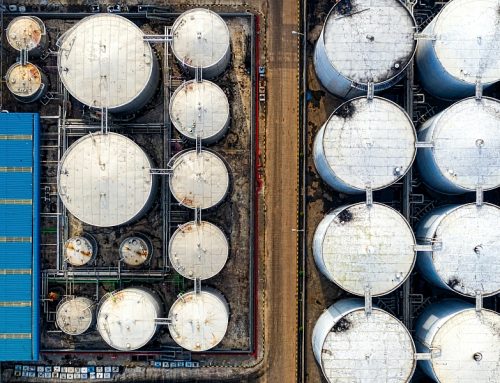Many high-hazard industries require 24/7 operations. Complex site processes need to run continuously and this necessitates long hours of shift work. This also means the potential for human fatigue needs to be considered as a risk factor. Fatigue is acknowledged to be a significant safety concern and history shows that it has contributed to many major accidents. This state of tiredness, associated with long hours of work, prolonged periods without sleep or working at times out of sync with the natural body clock can lead to reduced attention, perception, decision making and skilled performance.
But shift teams need to be prepared to respond to emergencies 24/7 with a consistent level of response capability across every shift. And working the night shift usually means fewer people on site with the right skills to start with. This impacts on the timeliness and quality of decisions and actions, leading to delays and mistakes in the response. The consequences can be devastating for both people and the business. In this article we take a look at how to manage fatigue in 24/7 site operations.
Coping with fatigue
Fatigue is most obviously caused by long hours of work and lack of sleep due to disrupted natural sleep patterns. Other factors that can cause fatigue include stress, extreme temperatures, intense physical work and high levels of noise and vibration.
The effects of fatigue are wide-ranging and include: Reduced flexibility in decision-making, reduced ability to cope with unforeseen and rapid changes in situations, reduced ability to adapt in light of new information, becoming more accepting of errors and mistakes, having problems with physical co-ordination and timing, impaired communication such as having problems finding and delivering the right words, increased irritability and reduced tolerance of others.
Sleep is the only way to recover from fatigue. Sleep is a natural physiological drive like hunger or thirst. Individual needs for sleep range from four to eleven hours per night. People may be able to function on reduced amounts of sleep for one or two nights, but when lack of sleep accumulates, this leads to a degradation in performance on even simple tasks.
Shift work
Whilst there is no ideal shift system, shift work schedules can be designed to improve performance and decrease adaptation times. The direction and speed of shift rotation are important considerations. Forward rotation produces less fatigue than a reverse rotation and a slow rotation has the advantage of allowing time to adapt to the shift pattern.
Shift duration, the time of shift changeover and time off between shifts are all variables that can influence performance and productivity. It is usually recommended to keep shift durations below 12 hours, not start the day shift too early or finish the night shift too late and have at least 11 hours off between shifts.
Managing fatigue
So what can be done to manage fatigue? There are a number of interventions that can be applied at both the individual and organisational levels to reduce fatigue and adaptation times. At the individual level, every shift worker needs to understand the benefits of good sleep hygiene (getting quality sleep in an environment conducive to sleep) and a good diet (a regular, balanced diet and not too much alcohol or caffeine). In terms of the organisational level, fatigue should be taken into account when planning work, for example, potentially hazardous and safety-critical work should be avoided between 03.00 and 06.00 if possible.



